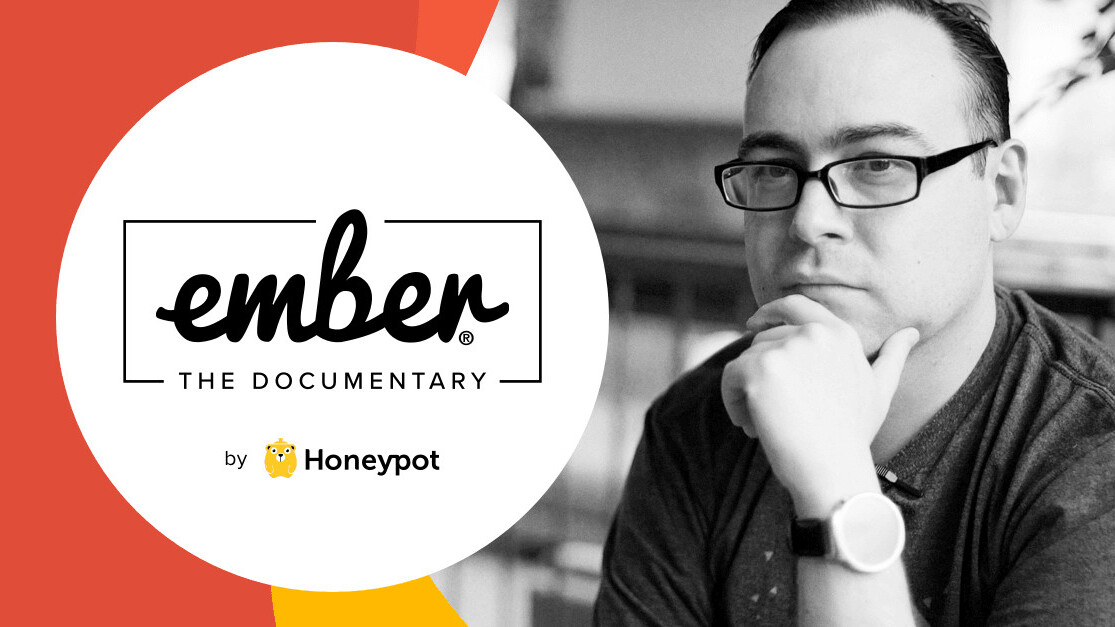
Ember.js is a hugely popular JavaScript framework. Used across web, mobile, and desktop, it powers the likes of LinkedIn, Groupon, and even Apple Music. Behind its thousands of lines of code is a deeply human story of innovation and risk-taking, as portrayed by Ember.js: The Documentary.
Hang on, I can hear you say. A documentary about a JavaScript framework? Yep, you read that right, and having watched it, I can confirm that it’s actually really good. Beautifully shot, and with impressive production values, the short film tells the story of Ember.js, starting with the JavaScript revolution that took place towards the late 00’s.
The documentary leans heavily on interviews with the framework’s co-founders, Tom Dale and Yehuda Katz. Although it’s clearly geared towards those with an interest in programming, it’s not really a “programming” documentary per se. It discusses events and concepts even non-technical people can understand — like the risky decision to leave a stable job to start something new.
The film also does a good job of showcasing the diverse and passionate community behind Ember.js. Although the users aren’t exactly the star of the documentary (like I said, it focuses overwhelmingly on the duo of Katz and Dale), they reach something like “supporting actor” status. And why not? After all, what’s a framework or programming language without its users?
The documentary was produced and funded by Honeypot, a Berlin-based jobs site for developers. And while it serves as a tasty bit of marketing for Honeypot, it’s a far more effective bit of propaganda for Ember. It almost makes me think that every JavaScript framework should make a documentary.
Think about it. JavaScript web frameworks are ten-a-penny nowadays. They appear spontaneously, a bit like mushrooms, and spread with the unrestrained virality of the common cold. You can get them in McDonald’s Happy Meals (not really). Suffice to say, if you’re not deeply plugged into the JavaScript world, it’s extremely challenging to tell them apart.
A documentary can change all that, by translating the purpose and story behind a framework into something that’s digestible and engrossing. It can also spread the word beyond the usual constituencies of developers and designers, giving ordinary folks an understanding of the tech that powers the products they use.
And then there are obvious commercial interests, too. Although most — if not all — popular JavaScript frameworks are released under free or permissive licenses, there tends to be a larger company pushing development. Take React, for example, whose origins lie in Facebook.
These companies want their pet projects to attract enthusiasts, who may contribute to the development of the framework. Getting the news out there with a viral documentary could well facilitate that.
Get the TNW newsletter
Get the most important tech news in your inbox each week.




